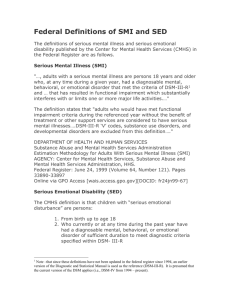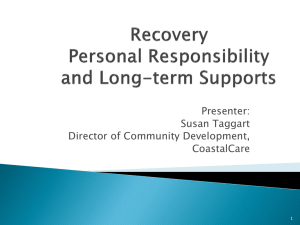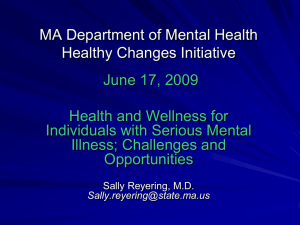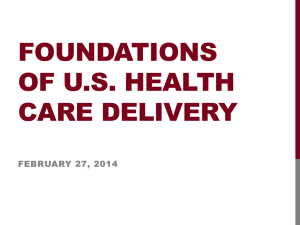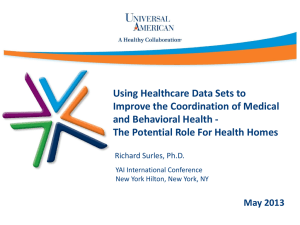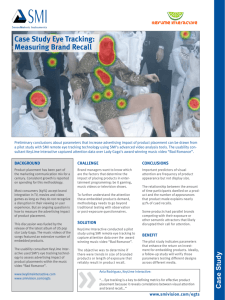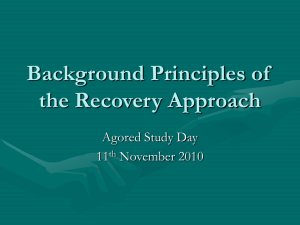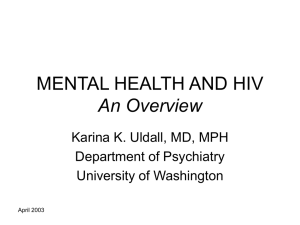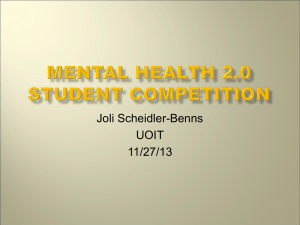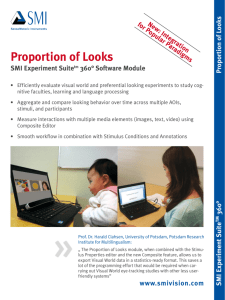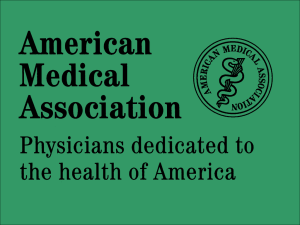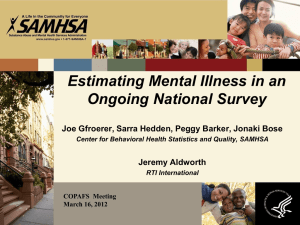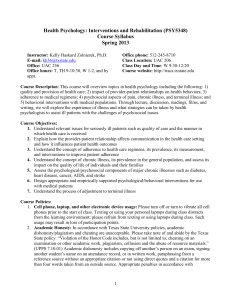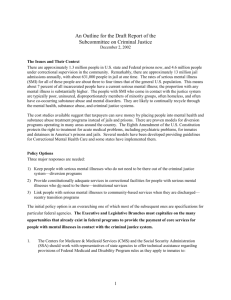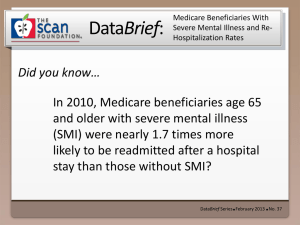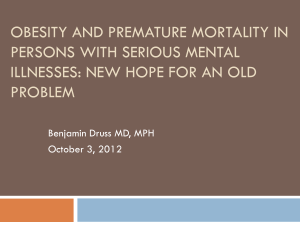Why prevention is our best investment and what we need
advertisement
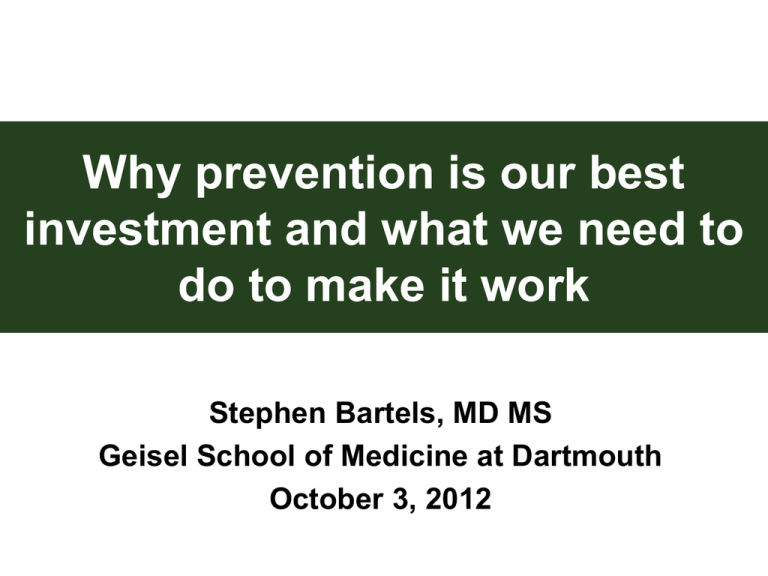
Why prevention is our best investment and what we need to do to make it work Stephen Bartels, MD MS Geisel School of Medicine at Dartmouth October 3, 2012 Dually eligible (Medicare/Medicaid) recipients are the most expensive publically insured group Among the dually eligibles, we spend two times the annual per person cost for SMI compared to others $50,000 $40,000 $30,000 $20,000 $10,000 $0 Schizophrenia Medical Diagnoses Only 19 to 34 35 to 44 45 to 54 55 to 64 Depression 65 to 74 75 to 84 85+ Bartels et al., Am J Geriatr Psychiatry, 2003 ….Yet the outcomes are worse: The differential mortality gap for serious mental illness has increased over recent decades 4 2.98 3.5 3.2 P<.03 3 2.5 1.84 2 1.5 1 0.5 0 1970s 1980s 1990s Saha, S. et al. Arch Gen Psychiatry 2007;64:1123-1131. Where should we focus funding and services to improve health outcomes? Determinants Of Health Lifestyle 5X Health Care We spend only 3% of our health care dollar on preventing disease, though 75% of costs are associated with preventable diseases We can provide health promotion as an integrated component of mental health Example: The In SHAPE Health Mentor Program Example: The In SHAPE Health Promotion Intervention Participants spend time each week with personal mentors working out, taking walks, or working on nutrition plans. Mentors help participants to track their progress, set goals, and stay motivated. Results of recent study: Almost ½ of either achieved clinically significant weight loss or improved fitness A Participant’s Story Pat, who has lifelong mental illness started a new medication and became dangerously obese. She withdrew and became more disabled. She now plays racquet ball, bikes, walks the treadmill, and swims 2 times a week “This program has done more for me than any medication…It gives me something to look forward to. I’ve realized, through this program, that I need structure. Even when I don’t feel like getting out of bed I know I have to because my mentor is waiting for me…..It has been a lifesaver to me.” Pat has lost weight, discontinued Lipitor due to lowering her cholesterol and has plans to work with her doctor to discontinue one of here psychiatric medication to reduce her clinical visits. Voices of Other In SHAPE Participants with Serious Mental Illness: • “I had a friend who was in her late 40’s when she died. I don’t want that to happen to me.” • “I am learning to run and climb…even though I have braces. Physical activity makes me feel so much better.” • “It gave me a chance to quit smoking. It seems like my body wanted the exercise more than the cigarettes. My mother said that I am a different person.” • “I’d rather go to the gym than to the doctor.” WHAT WE NEED TO DO TO MAKE PREVENTION WORK? • Research: We need to create more effective, more efficient, and more sustainable interventions. • Review of the research (24 studies): the most effective programs combine exercise and nutrition and result in modest risk reduction1 Recommendations: • Designate research on reversing early mortality among persons with SMI as an NIH-wide funding priority • Implement recommendations of the recent September 10-11, 2012 NIMH Meeting “Research to Improve the Health and Longevity of People with Severe Mental Illness.” Need for research on the use of mobile technology, family and peer support interventions, financial incentives, combined interventions. Fund health promotion studies in CMMI, Health Home, and ACO projects Establish a national “Learning Collaborative” on how to best disseminate, implement, and sustain health promotion for persons with SMI. 1Bartels: SAMHSA Wellness Whitepaper: http://www.integration.samhsa.gov/health-wellness/wellnesswhitepaper WHAT WE NEED TO DO TO MAKE PREVENTION WORK? Policy Recommendations: • Adults with SMI (3% of the US population) are a high cost, high risk group and should be designated by CMS, CDC, and NIH as a public health priority. • Direct Medicare-Medicaid Coordination Office to ensure coverage for intensive prevention and lifestyle interventions among priority high risk, health disparity populations (SMI). • Mental health and general health care organizations should be required by CMS to provide evidence-based integrated health promotion and wellness programs. • The ACA Prevention and Public Health Fund (including National Public Health Initiative and Community Transformation Grants, etc.) should include a focus on persons with serious mental illness as a special needs group. Goal: Make the 10 X 10 Campaign a Reality! “To Increase Life Expectancy by 10 Years in 10 Years for People with Mental Illness”
